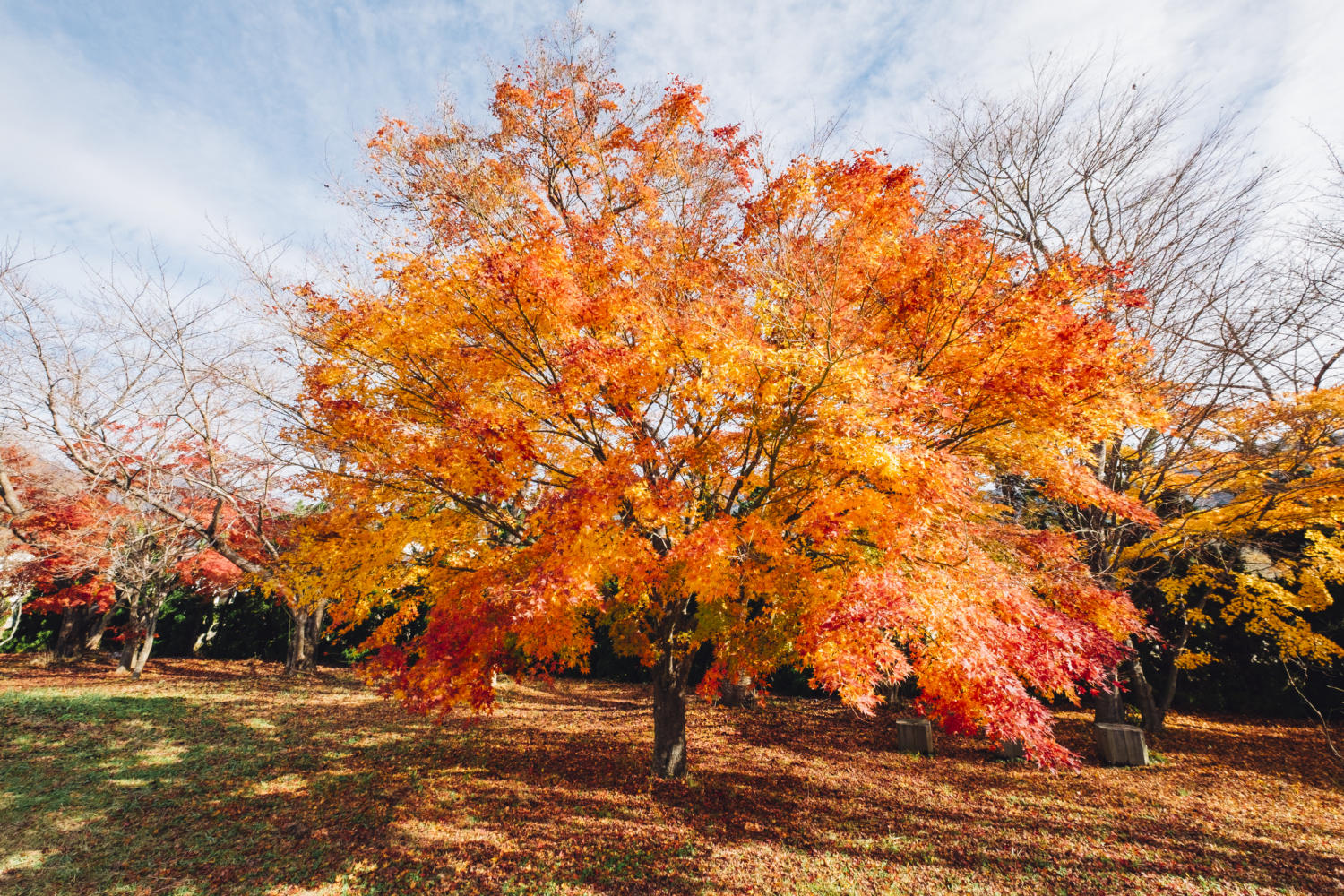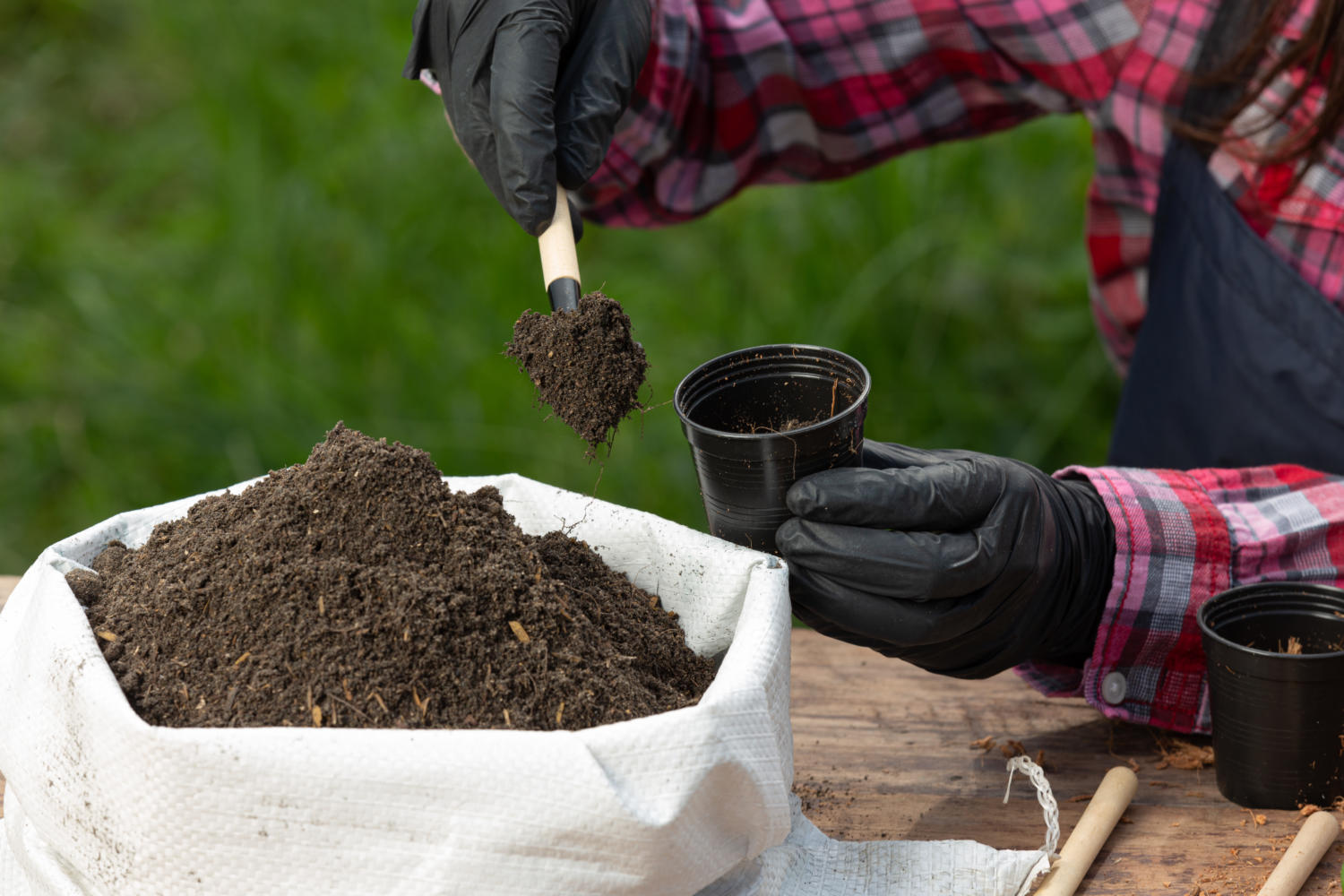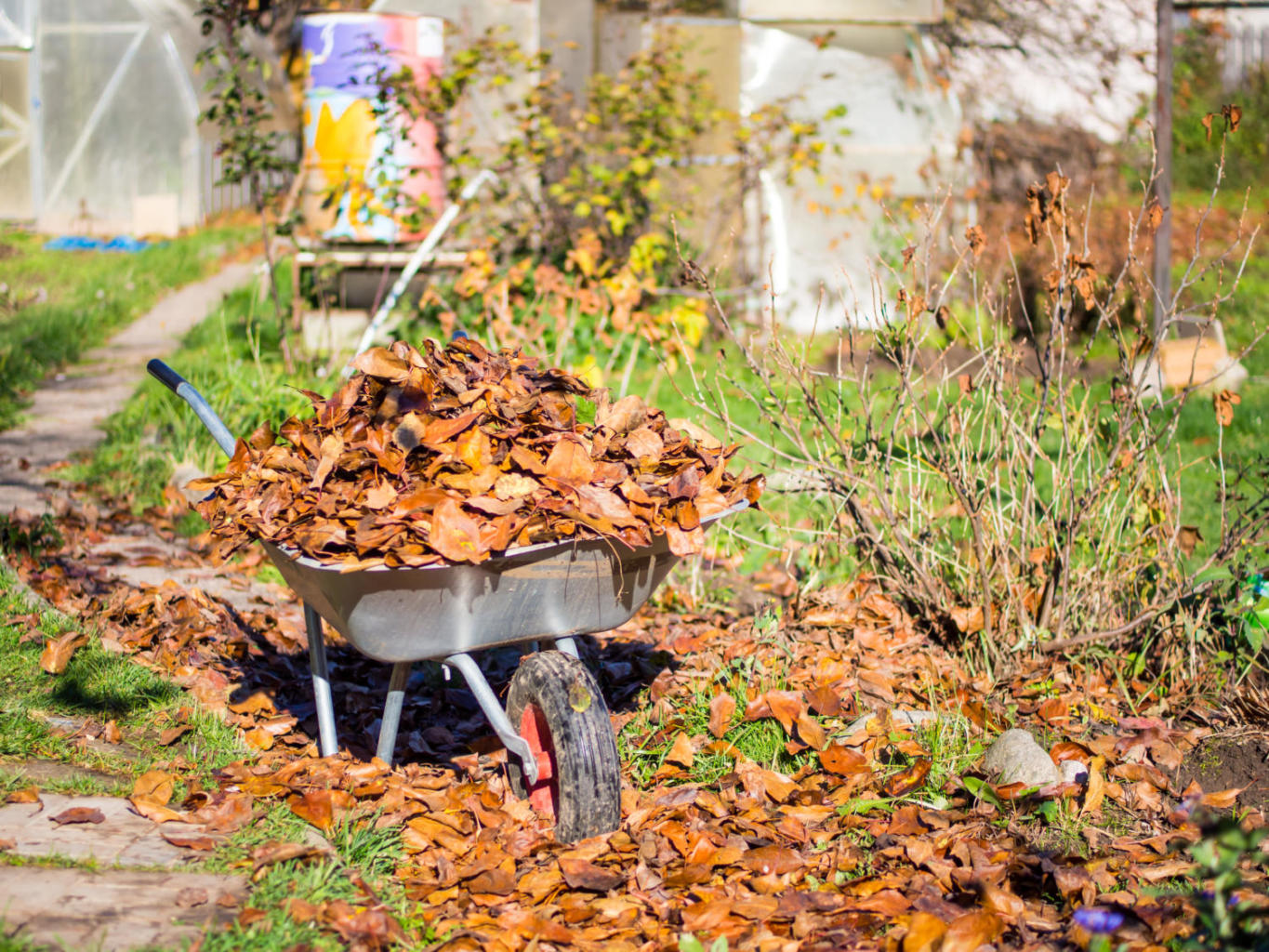
Our gardening expert returns with the answers to all your most burning questions. He discusses everything from autumn leaves to Fusarium Wilt…
Q. I’m looking for some trees with a nice autumn colour to brighten my garden in the future please?
You’ve asked me this question at the perfect time — last weekend we went around Thorpe Perrow Arboretum to look at autumn colour trees at their best. I’ve put together a list of my favourites:

Acer Grisium “Chinese Paperbark Maple” is famous for its perfectly autumnal peeling and papery orange-brown colouring. It’s a maple with characteristic three-parted leaves that turn orange and red in the autumn. It’s excellent if you plan on growing it in a border or a large lawn.
Cotinus “Royal Purple” can be a small bushy round-headed tree or a large multi-stemmed shrub. The striking leaves are wine-purple in summer but transform into a brilliant orange-red later. Large plumes of purplish-pink flowers are produced in summer.
Amelanchier Lamarcii is another magnificent tree and has two main seasons of interest — Spring when the bushy crown is a cloud of white blossom and autumn when it is ablaze with red and orange foliage. This is undoubtedly one of the most reliable trees for autumn colour.
Liquidamber “Lane Roberts” is one of the darkest and most reliable of all autumn colouring trees, this handsome specimen has shining green maple-like leaves that turn through a range of colours from pale orange to deep red-purple.
Parrotia “Persica”. The Persian ironwood will eventually become a broad spreading tree with piebald bark. It produces small red flower clusters in late winter or early spring, and its glossy green leaves turn yellow, orange and red-purple in autumn.
If you’re looking for a local place to purchase your dream tree, or for some assistance with landscaping, make sure to check our Business Directory — our advertisers are sure to offer you the best service around.
Q. I believe Fusarium Wilt has killed my passionflower and at least two acres which I have removed. I can’t seem to find any fungicide treatment for this and currently have the soil covered in black plastic, do you have any advice on how I might treat it, or how long to leave the plastic on before I can replant?

Fusarium Wilt affects many plant types, but tomatoes and potatoes are most susceptible. Also known as stem rot, it moves into plants through their roots, and from there it clogs the plant’s passageways, blocking the flow of water, nutrients and vital fluids until the eventual death of the plant. Other Fusarium Pathogens attack different plants such as brassicas palms and many shrubs and trees, unlike other wilt diseases, fusarium wilt often shows up only on one side of a plant branch or leaf. Bottom leaves show symptoms first. As the disease spreads upwards, the plant wilts, turns brown and drops its leaves —stems near the base show clogged vascular pathways and dark brown streaks if you cut them. Once fusarium wilt infects a plant, there is no effective treatment. Remove and dispose of affected plants immediately. DON’T compost this garden waste. Whenever possible, remove and replace fusarium-infected garden soil.
If fusarium wilt hits your garden don’t plant the same related plant types in that area for at least four years. Depending on your climate, it may be possible to control fusarium wilt by “solarizing” your soil. This involves covering it with plastic so that it reaches very high temperatures over a long period (at least a month). Keep your garden tools and boots clean and free from soil contaminated tools. Footwear can spread fusarium pathogens to fresh soil.
If you have a question for Scott, please email info@yourlocallink.co.uk









Add a comment